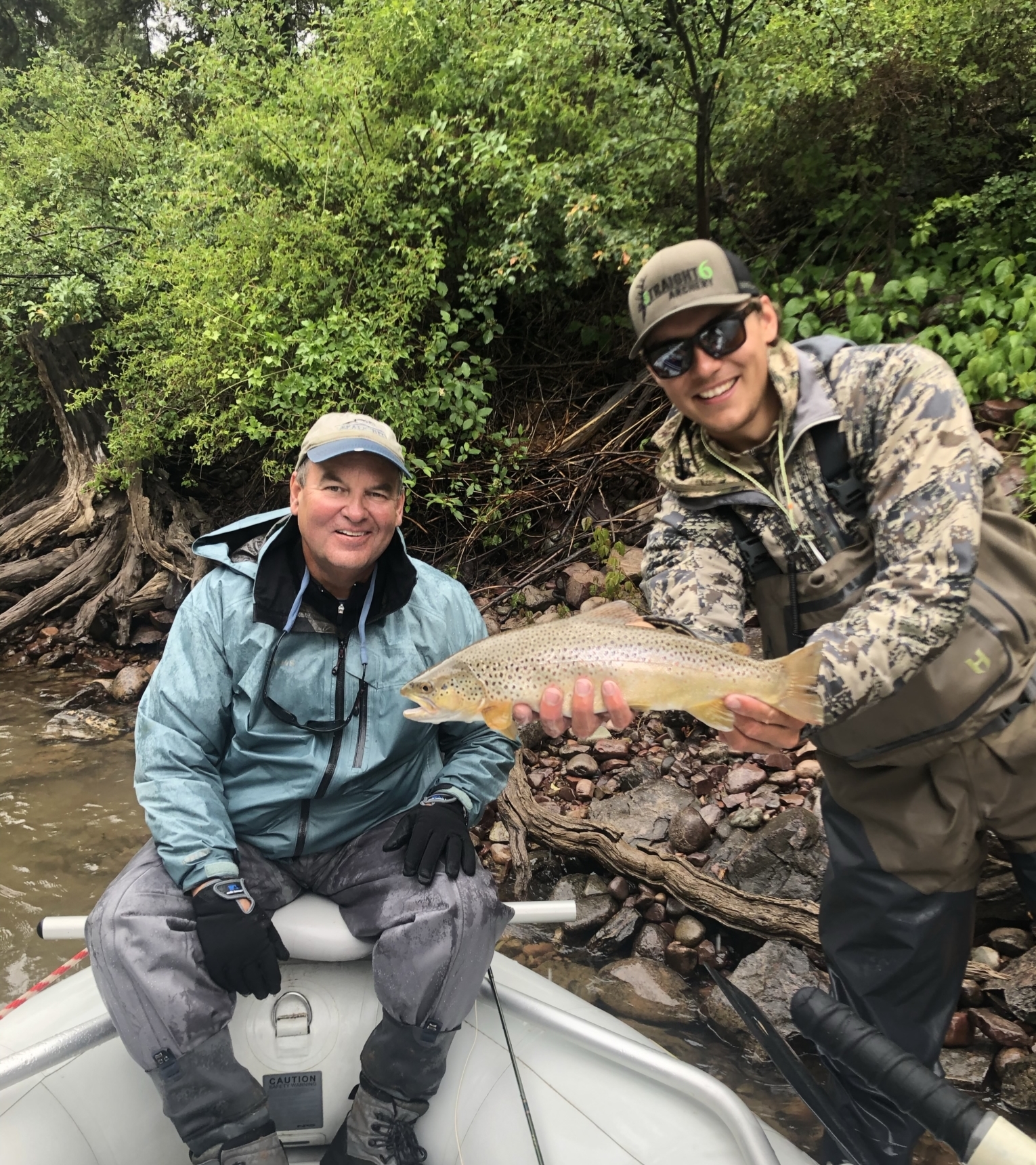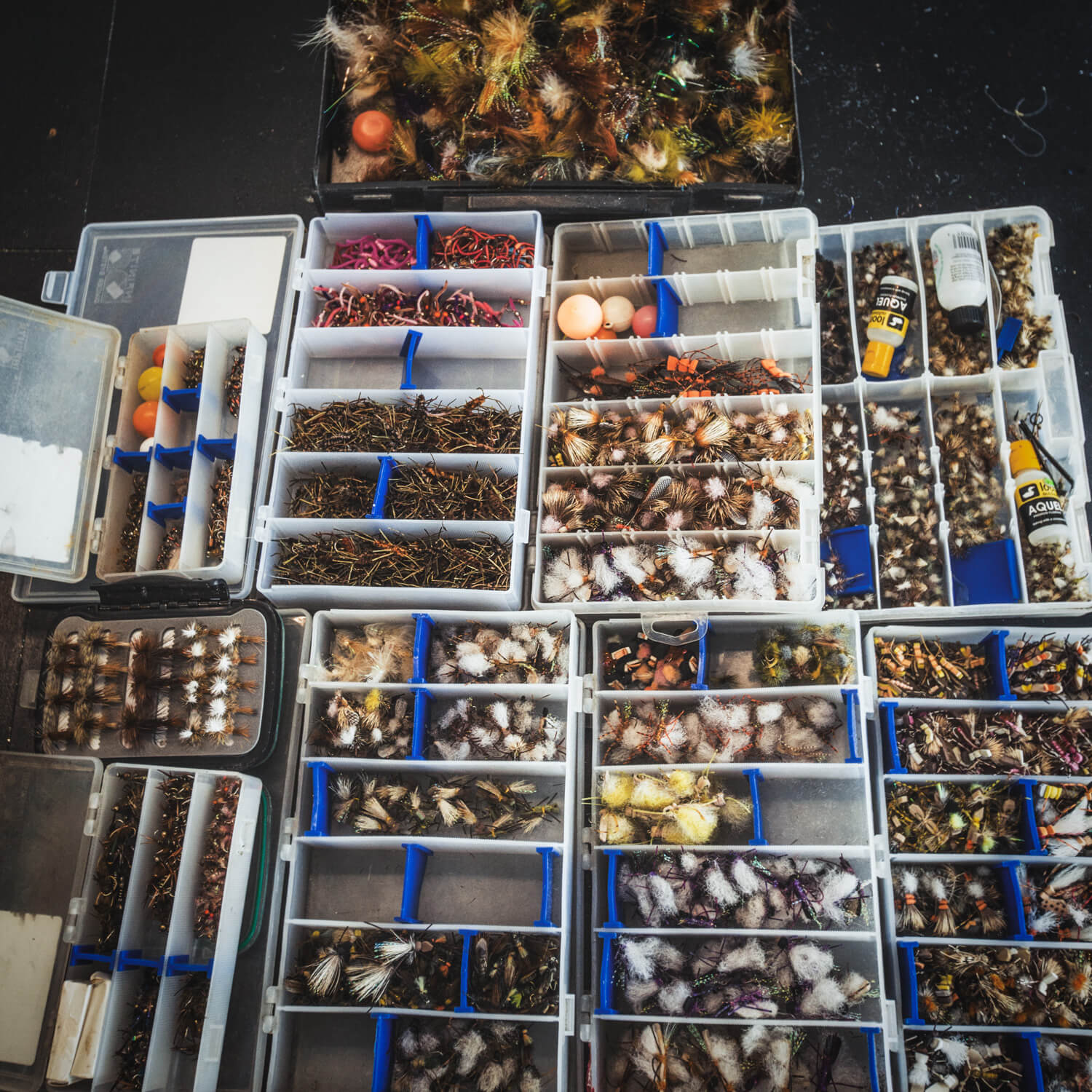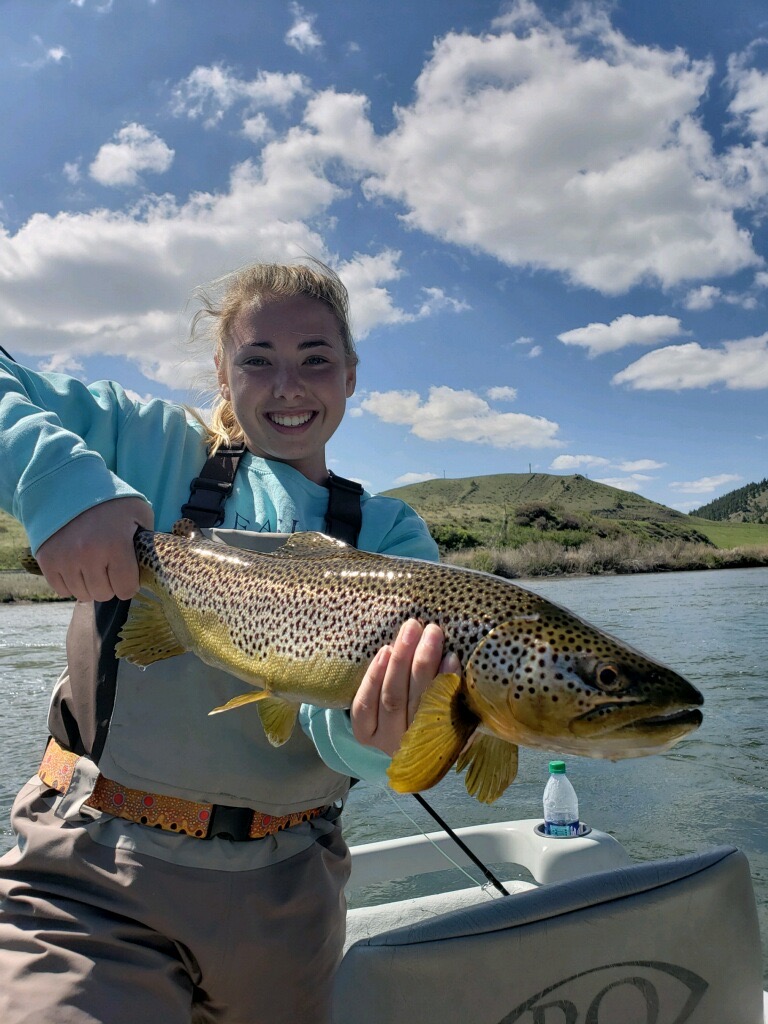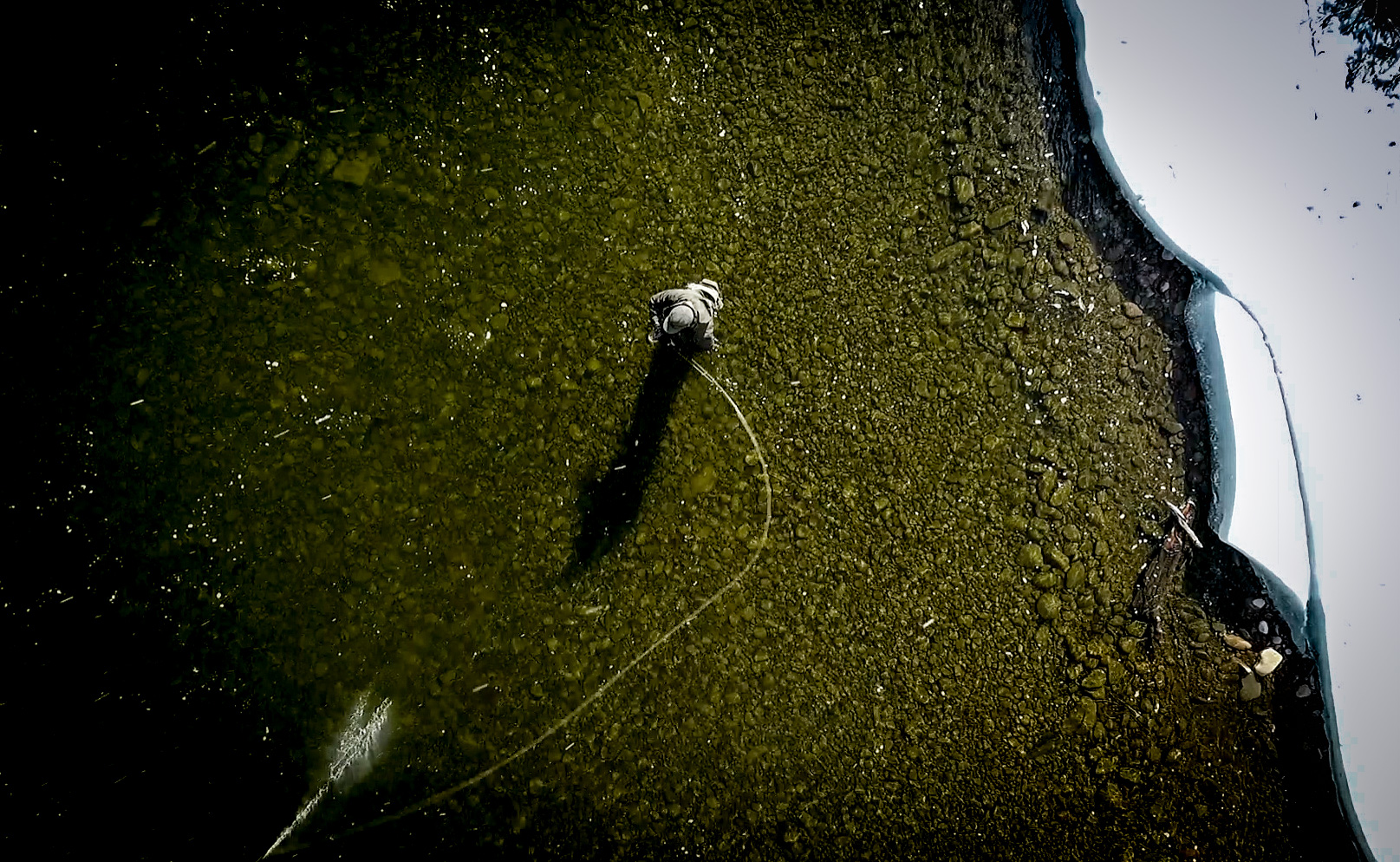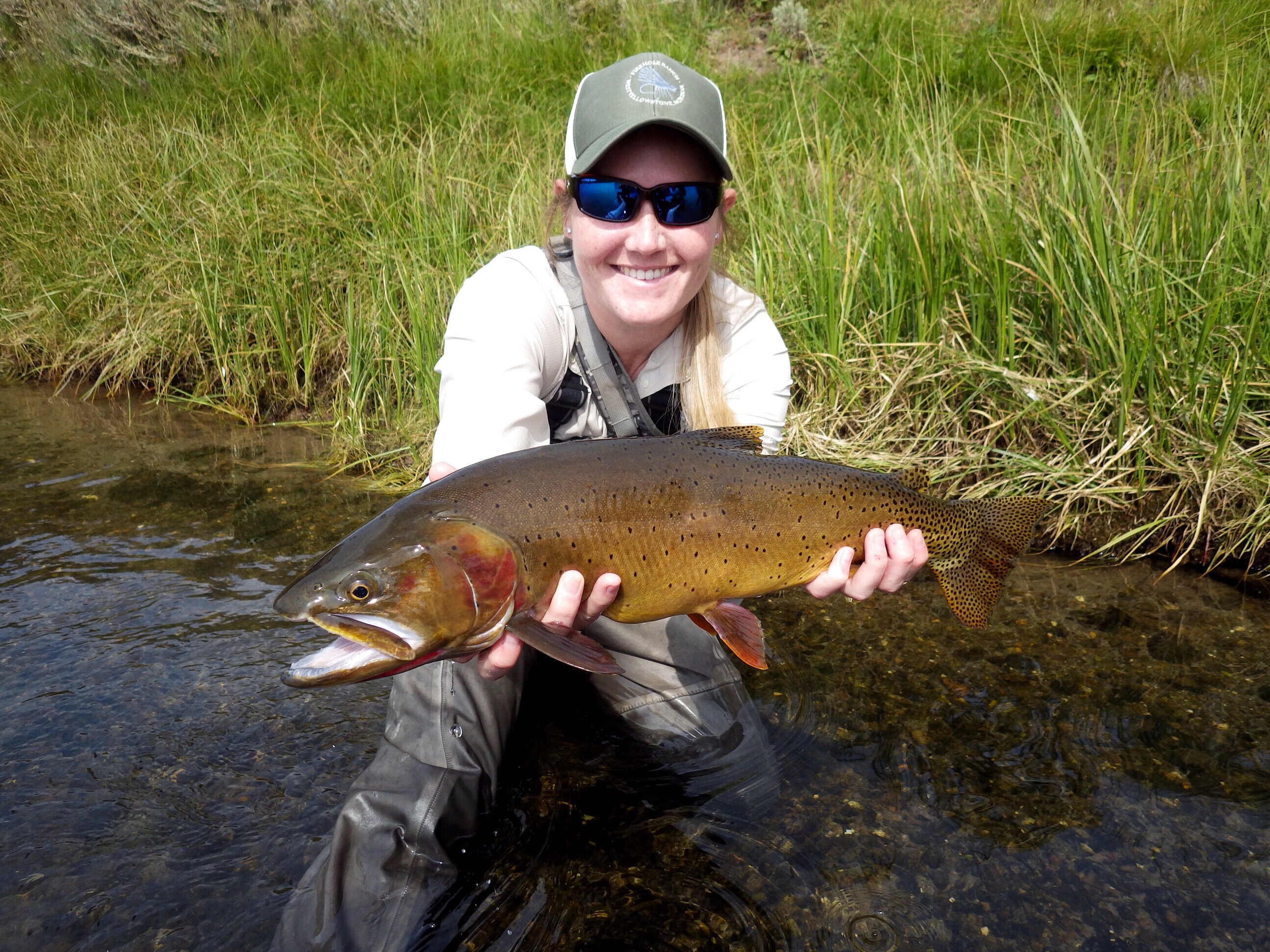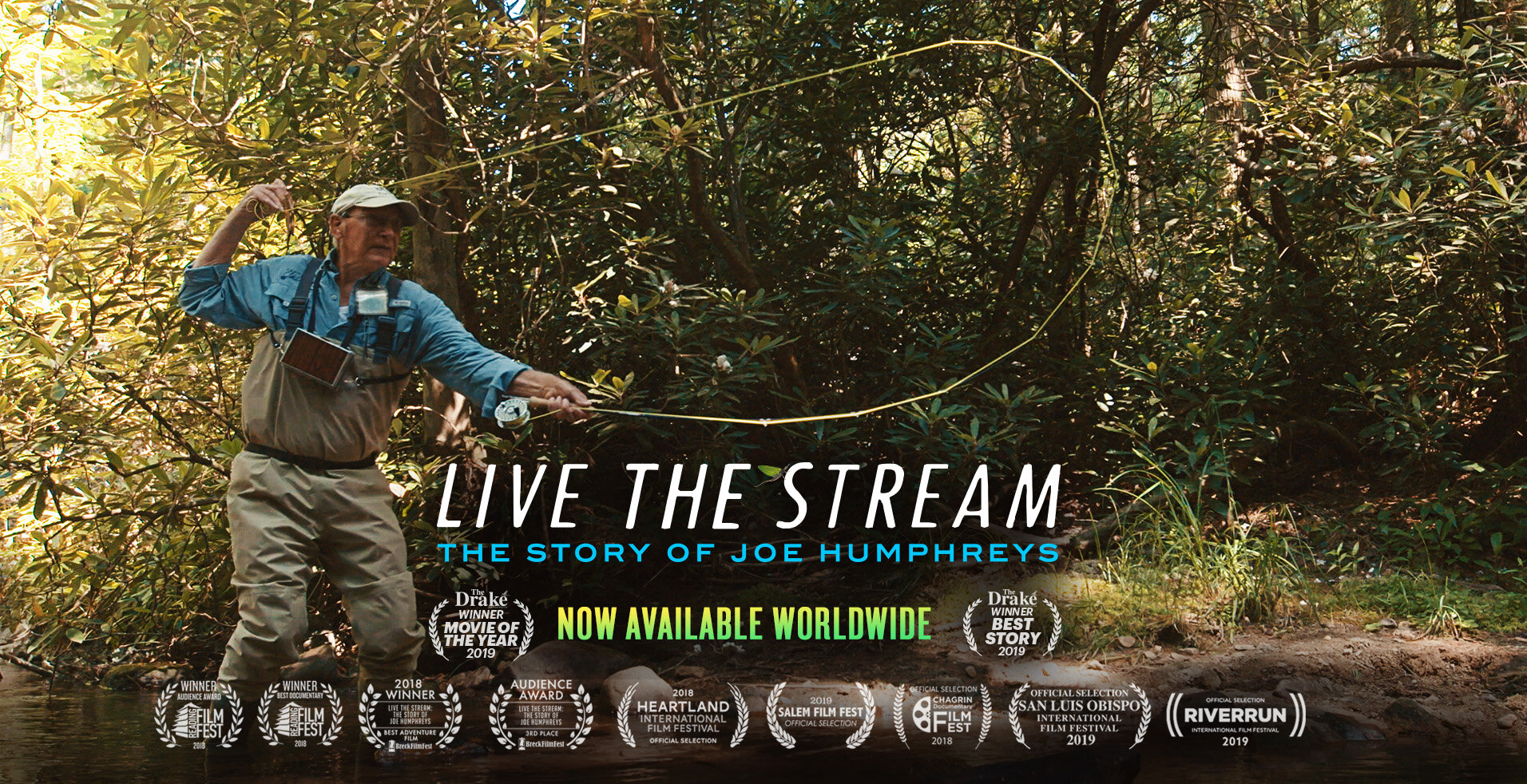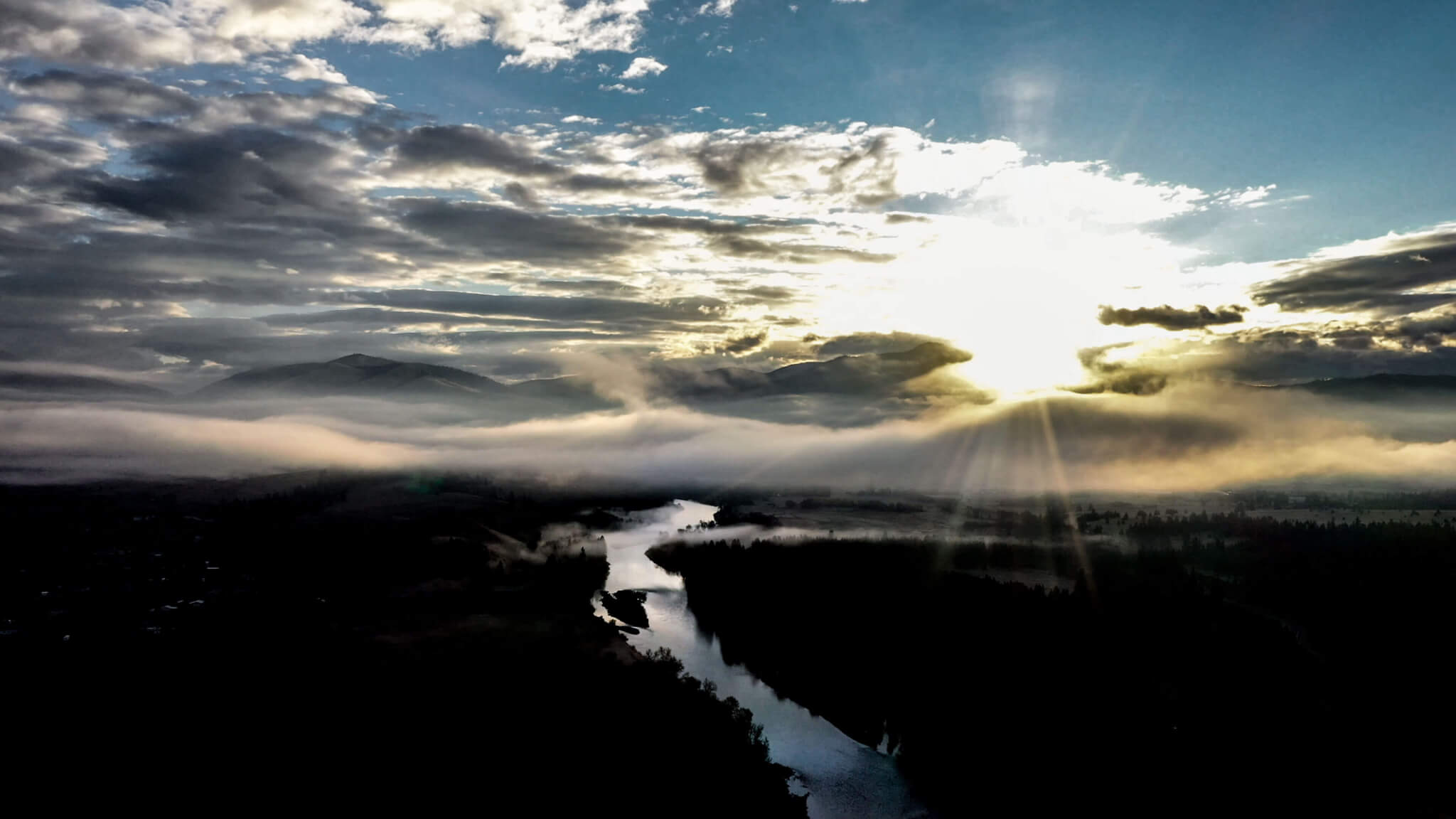
Dawn on the Bitterroot River
I log the data that comes in from each fishing day. Water temp, flow, wind, traffic, flies, type of water build, weather, and success rate are the core of the entries along with random events that for some odd reason consistently show up to be relevent. Over the last 19 years of guiding I have been able to build a data source to make decisions. It is remarkable how reliable mathematical fishing decisions based on historical data are. As you spend more time on the water in all conditions your data breadth can expand to cover more difficult fishing equations. Some combinations of factors only show every few years and leveraging those upwellings of rare opportunities can provide exceptional results, but the vast majority of the time our drainages operate in a predictable range.
Snangler calls my style “Spreadsheet Nerd Guiding.” When I saw him last week he said “Hope your bookworm trouty timetables charts are accurate today.” I would share them with him but he had waders on so he couldn’t use his toes to add up the columns.
Snangler believes you should “Feel the fishing” by relying on your instincts to navigate the changing conditions of our rivers. He catches a lot of fish, so I assume he intuitively remembers his past fishing experiences and from that collective intellectual cauldron cooks a clouded, albeit effective, fishing porridge. I am probably overstating the power of his memory because his vocabulary is so limited, but I can’t deny his results. I have informed him that it only takes a few minutes after each day of guiding to log in your results, so really he is just lazy. Snangler has informed me that I lack talent and have to rely on rudimentary tactics to keep up with him. “Like a child you are, with crayon scratchings in your little trouty diary.”
Currently we are both complaining about the fishing this Spring. It is not like we aren’t catching fish, but due to extraordinary environmental conditions I feel like a first year guide with an empty log book. So far all my predictions based on historical norms have proven inaccurate. What has thrown a wrench in my spreadsheets and Snangler’s frontal lobe has been the low elevation snow that was preceded by incredibly cold weather in February and early March. This particular weather pattern hasn’t happened in this scope since 1936. Sadly, my fishing log book doesn’t go that far back. We have a massive amount of low elevation snow and perfectly normal high elevation snow which has disrupted historical trends.
Great Skwala fishing comes from the condition of the shallows. Skwala nymphs migrate to the edges of our rivers beginning in early March and then stage there until the water gets warm enough for them to hatch into adults. If the gravel bars are clear, then the shallows warm quickly when we get air temps in the low forties or better. Generally that happens first in the middle Bitterroot and then spreads upstream and downstream into the Clark Fork river. Knowing which banks hold the most insects is key to deciding where to focus your dry fly shots. In my log book I have those bank locations mapped out for the early season, but so far that data has proved inaccurate because many of them are still covered in snow. The nymphs are in the shallows, but when we get warm weather the snow melts and pours ice water into the shallows, so we haven’t seen hatching in their historical haunts.
As I log in our more recent days we are finding out that banks with cleared gravel are producing more adults in sections and locations that are outside the normal patterns. Snangler sent me a text this week “Does not compute! Does not compute! Is your little trouty calculator breaking?” I texted him back “At least I’m not cursed to work through new decisions with only a flaccid addled mind to guide me.”
We both agree Spring 2019 is breaking historical patterns and we are just going fishing. We are trying to be functional with a reliance on technique rather than leveraging historical patterns.
My log book is adding chapters, Snangler’s mind is thickening, and we just keep going fishing.
I am not sure how it is all going to go, but I do enjoy fishing the unknown. But only for a little while as the frustration of re-learning water can get old in place of reliability.
The overthink of old fishing guides is an early sign of impending mental disorders.
